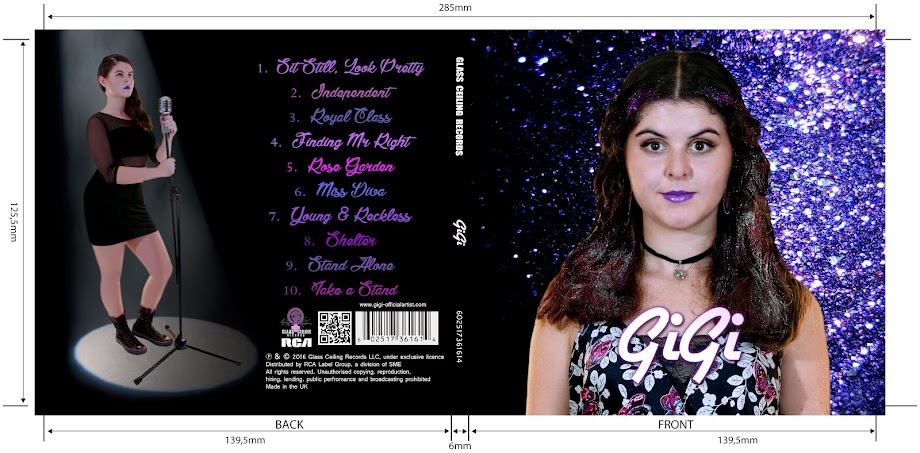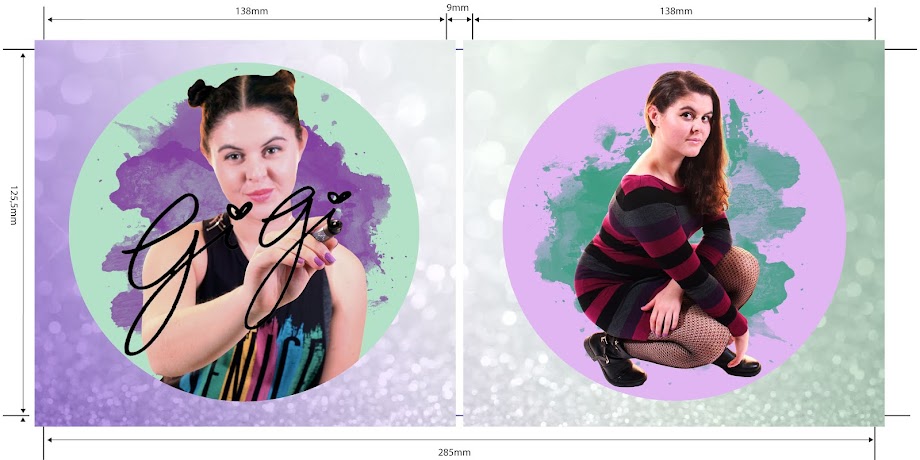Uses and gratifications
Audience expectations
The audience would have certain expectations when they watch a film opening. We used conventions of form, genre and narrative structure (see evaluation post 1 for more details).
Realism
We used relatable characters and relevant themes in order to add to the realism of the sequence. The character of Craig is represented as someone who struggles to understand who they are and where they stand in society. This makes him relatable to audiences and it is a typical convention in coming of age films. There has been a lot of awareness raised for the LGBTQ community in recent years and I think that our film fits into the current trends in media.
Continuity
 |
| Click on this gif to view the whole sequence on youtube |
We made sure to maintain continuity throughout the sequence using the theory that we had learnt and our experience from completing the preliminary task. The continuous flow would meet the audience's needs and expectations because it creates a seamless narrative that is easy for the audience to follow. This causes the overall sequence to appear more realistic. We used continuity theories such as match on action and the 30 degree rule while planning and shooting the kitchen scene. We took several shots of this scene from different angles and different framings so that we could match up the cuts perfectly during editing. Similarly, we took plenty of master shots of the conflict scene from different angles so that we could edit it to look seamless. We also used shot-reverse-shot during this scene to cut between different perspectives.
Audience feedback
During our production process, we got feedback from different people on what they liked and how we could improve our sequence.
Our rough cut feedback:
"Your character walks with purpose but is supposed to be in a reflective mood? It doesn't make sense for him to just stand at the lake for no reason. He needs to interact with the water or something"
In response to this, we changed his actions at the jetty from just standing at the jetty to touching the water or throwing a stone and holding his notebook. In the end, we decided that the shots of him throwing the stone and holding his notebook looked best and went well with the narrative.
 |
| Standing awkwardly at the jetty |
 |
| Throwing a stone was more realistic |
"There's such a large gap between the beginning and when the music starts. The music should start earlier on. Maybe you should have that vinyl shot as your opening shot"
We put the shot of the record player after the establishing shot of the room. The music starts just as he puts the needle on the record to create the illusion of it being diegetic sound.
"The voice over gets a bit boring and is way too long. I can't even focus on what's going on in the shots because it's distracting"The script was constantly being revised throughout our production process. Olamide rewrote the script so as to cut down the voice over and to script the conflict scene.
Feedback during the editing:
"The punch doesn't look realistic. It's not close enough to actually hit him. It should be closer than that"We had taken lots of shots from multiple angles, including a few from Craig's point of view. We chose the shot that we thought was the best. In retrospect, I would have tried to make it more comedic just like in Submarine when Oliver stands up for Jordana and ends up with a bloody nose but tries to play it off. I think that our use of the punch sfx and cut to the title was conventional of the British indie genre.




No comments:
Post a Comment